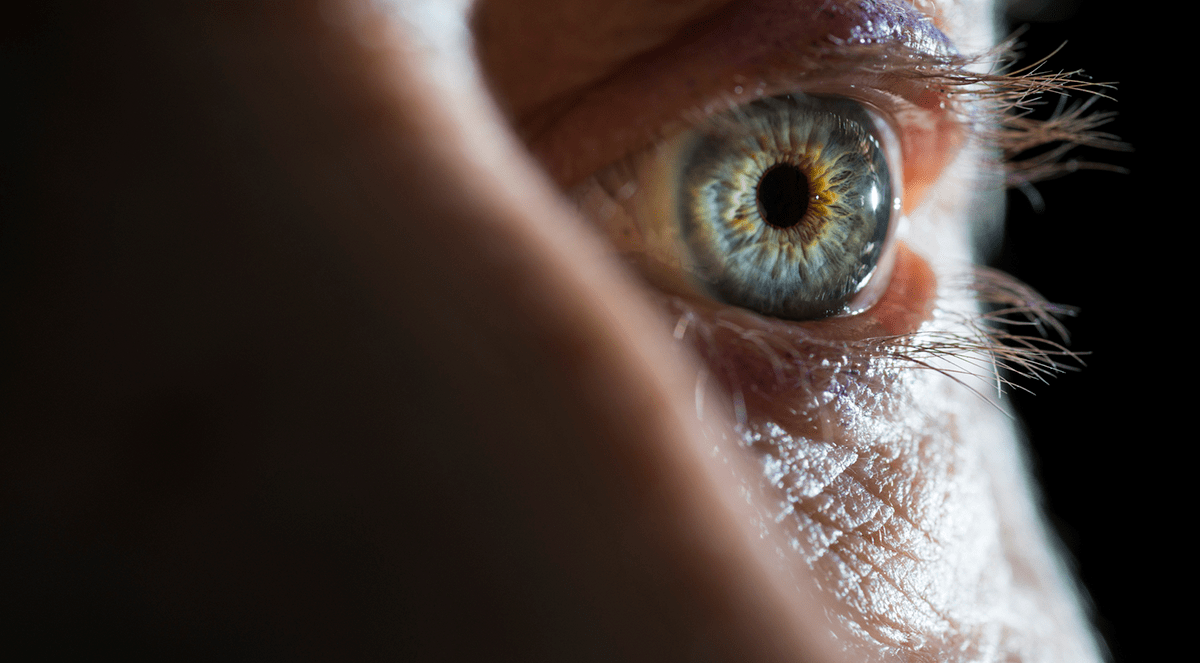Personalized medicine or “precision medicine” is the most significant trend in 21st century medicine. “It’s all about the right treatment for the right patient at the right time,” says Ursula Schmidt-Erfurth, Head of MedUni Vienna’s Department of Ophthalmology and Optometry. And looking into the eye — using digital techniques and analyzing Big Data — also provides an accurate picture of a person’s general medical condition, facilitates early diagnosis and treatment and makes for transparent patients. The ART-2017 specialist conference (Advanced Retinal Therapy) is characterized by these digital developments in personalized medicine.
“As a window into the condition of a person’s brain and vascular system, the retina offers huge insights into their Life Science data,” explains Schmidt-Erfurth at today’s press conference about ART 2017. In collaboration with the Department of Medicine III and the Division of Endocrinology and Metabolism, headed up by Anton Luger, it will in future be possible for doctors at MedUni Vienna to make an on-the-sport diagnosis of diabetes from the eye, using the first automated digital retinal screening technique, without the help of an ophthalmologist.
In terms of diagnostic imaging, the eye is a unique part of the human body. Using OCT (optical coherence tomography) technology, 40,000 scans are produced within 1.2 seconds, with a total volume of 65 million voxels. The term voxel is a contraction of “volume” and “element” and refers to a grid point in a three-dimensional grid and overall to a huge volume of information about a patient’s retina.
The OCT data are analyzed using automated algorithms generated on the basis of Artificial Intelligence.
Click here to read more about this topic.


